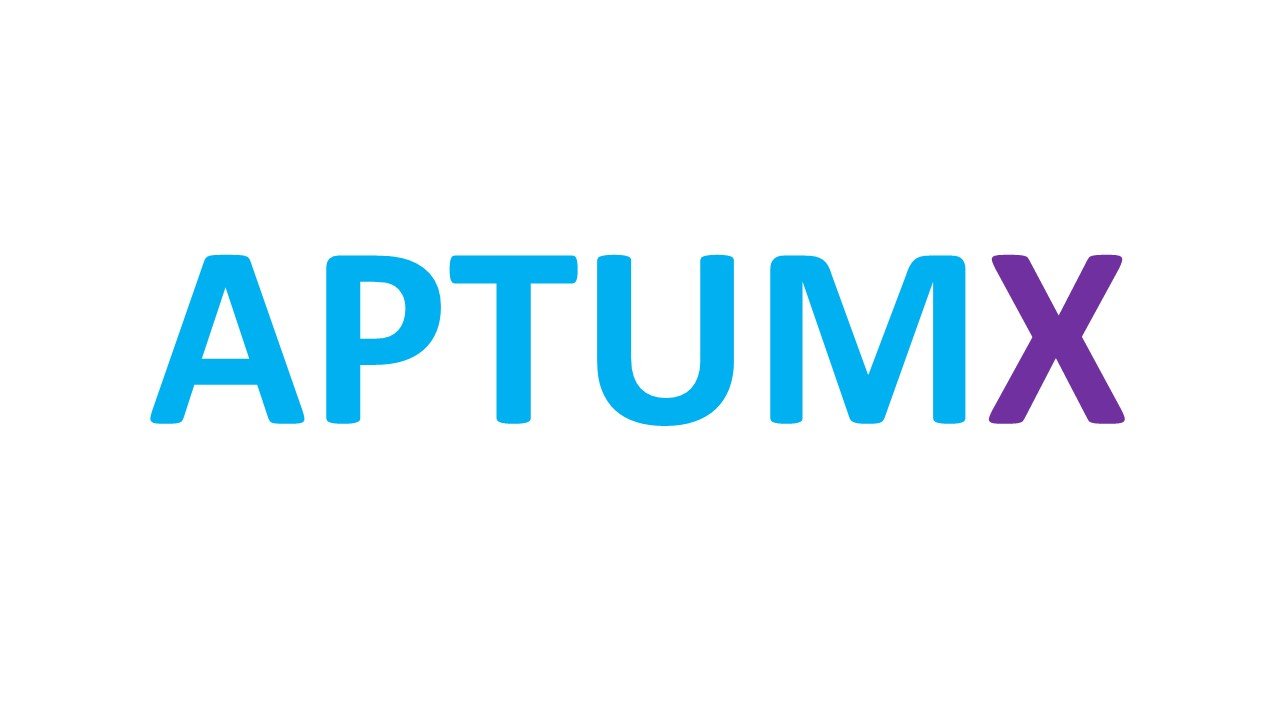End of an Era
AI is the key to the future of Buiness but it needs a Digital Twin Model of Business if you want it to reflect the real-time real world.
Computers were created to process data. The resulting industry was called Data Processing. We even added the word Electronic to separate its work from the clip-board data collectors. In the EDP world the focus was on collecting data to aid a particular function such as calculating payroll, and revolved around the Master File on which the data was held. The cost-killing advent of the microchip ushered in a new wave of potential customers, but with almost all software being custom written the cost led to the market for pre-packaged products. By the early 1980’s there were stand-alone packages for all the common business tables we are familiar with today – accounting, inventory, sales, etc. This led to the problem known as islands of automation from which came today’s Enterprise Software products, which all operate off a consolidated relational database.
What we now call the IT industry is still data-centric and this will soon prove to be a problem.
Upgrading the Model T to Tesla
The promise of AI is huge, even larger, we believe, than the pundits are portraying.
Those of us who have been involved with Enterprise Systems from the DP days can join the dots, and they tell us that the days of the current incumbents will soon come to an end. AI is about to expose a flaw far more significant than the need for relational data. Data Processing omits the role of activity in business… yet business is activity. Data is just the result of activity. No activity, no data.
The absence of activity in our computer models already plagues us with terrible failure rates for most software projects. The failure rate of Enterprise Resource Planning (ERP) system implementations has been running at 75% for decades. Implementation restarts are the norm. Why? The Activity Gap. We are trying to shoehorn in data centric functionality with little knowledge of the activity it relates to.
In simple terms… When I turn up for a new job my first question to the boss is, what do you want me to do? In the course of explaining, the boss will reveal what data (and other artifacts) I need to use or create, but the verb comes first.
AI is the trigger for change
AI will exacerbate this problem to the max. Managers will ask seemingly simple questions of AI and not get a satisfactory response for the simple reason that the AI doesn’t know how a business works. It doesn’t know the rules and organizational structures that determine how things function in the real world of business. And this is not something you want your AI guessing.
When your AI has a model of your business the power it can bring to bear is enormous.
But there is more to the picture than just AI. When you look at the pundits’ shopping list of what AI will deliver, most of the functionality comes from Automation – particularly the automation of work flow and task management. But Automation software has been around for decades; why has it not taken off?
For the simple reason, that like AI, Automation must replicate what happens in the real world if its software is to fit the functions it is designed to control.
It all comes back to a Digital Twin
The answer is the Digital Twin. It has been with us for some years but until now it has never received the recognition for the critical role it will offer business. The US National Academy of Science recently concluded, “Digital Twins hold immense promise in … revolutionizing industries.”
A Digital Twin is a digital replica of, in this case, a business. It is a model in which any component has a real-world counterpart. It defines the organizational structure, the activities and the resources used in those activities. Backed by a Business Language Model AI can light the path to productivity growth. Fed by the real-time results of automated activities AI can predict outcomes, make decisions, proffer improvements, and much more. From our own experiences the results can be phenomenal.
Automated AI-backed systems are real-time. The AI can look back at historical data but for managers they will be dealing with the here and now. Issues will be addressed on the spot, again aided by AI, which knows what has been happening and can propose the best solution.
So what is the big change?
The trillion dollar software industry is about to be reinvented. Current products such as ERP cannot be reengineered. New Digital Twin software will take its place - built for real-time business, backed by AI management capability and capable of turning on a dime. A Digital Twin model has integrity baked in. The model vets any change at the moment of making it. Result: no requirement for system testing and a guaranteed fault-free system. Unlike an ERP implementation a Digital Twin model can be built out progressively – start simple, then build in complexity.
The great thing about Digital Twin is that it’s an easy concept to grasp, it’s easy to implement and it is one model for ever, just change and improve using the daily insights that AI can deliver.
Talk to AptumX about how to get started on your business Digital Twin journey today.

